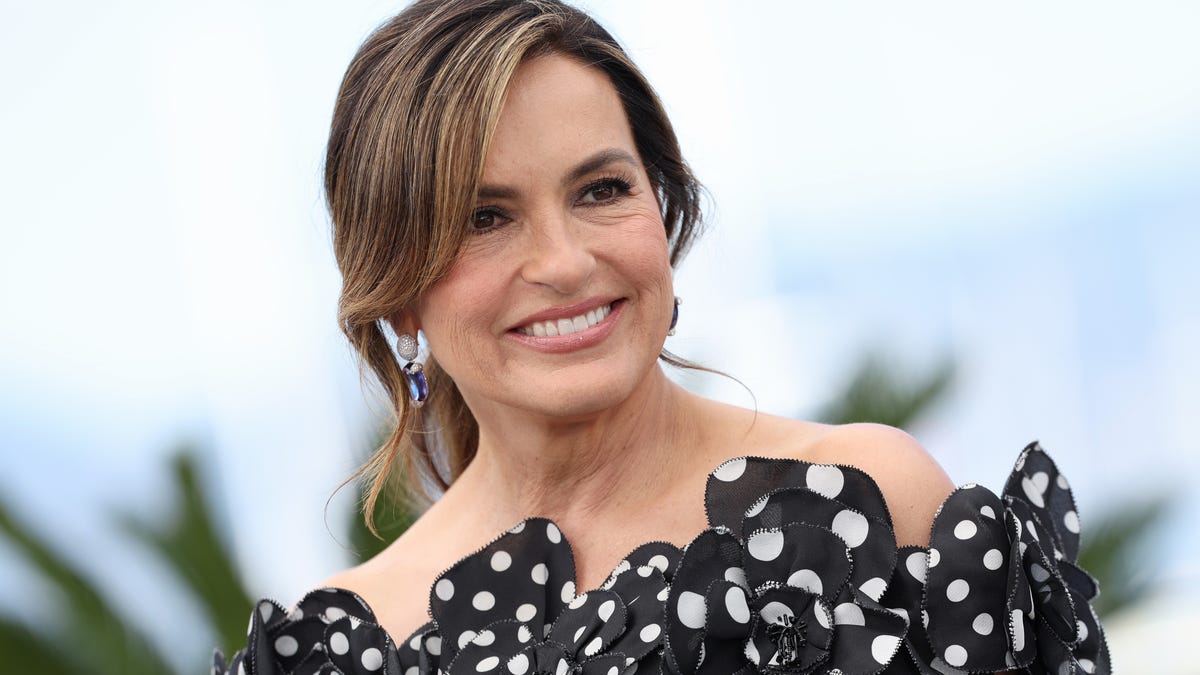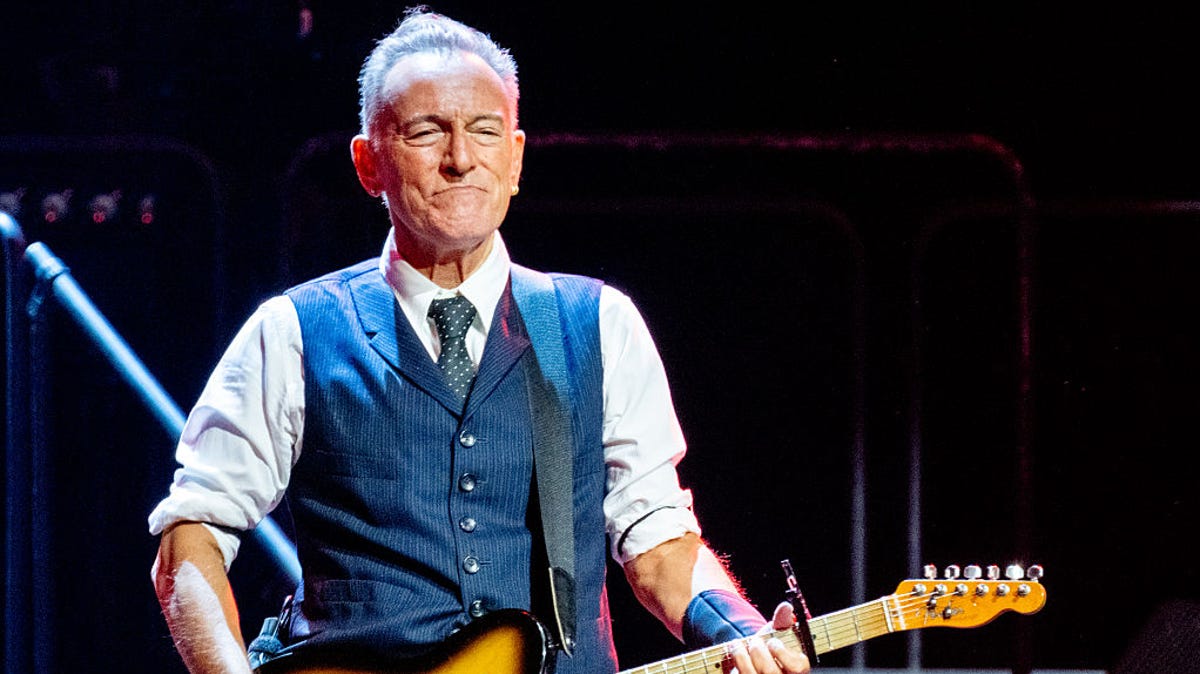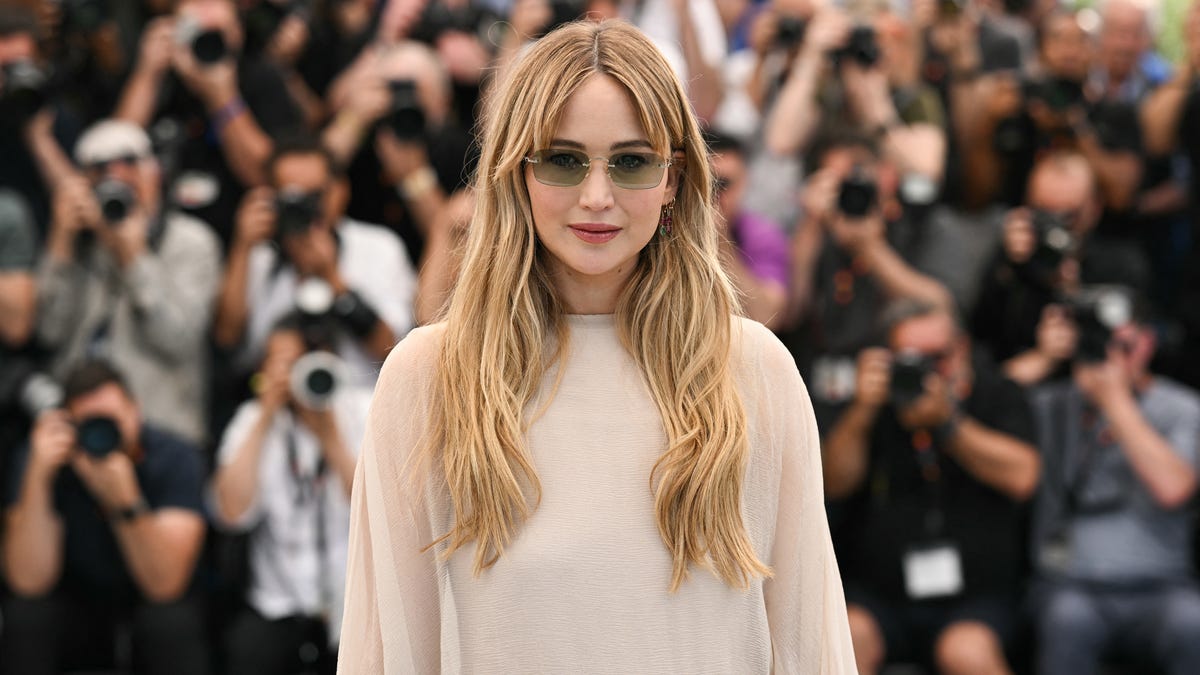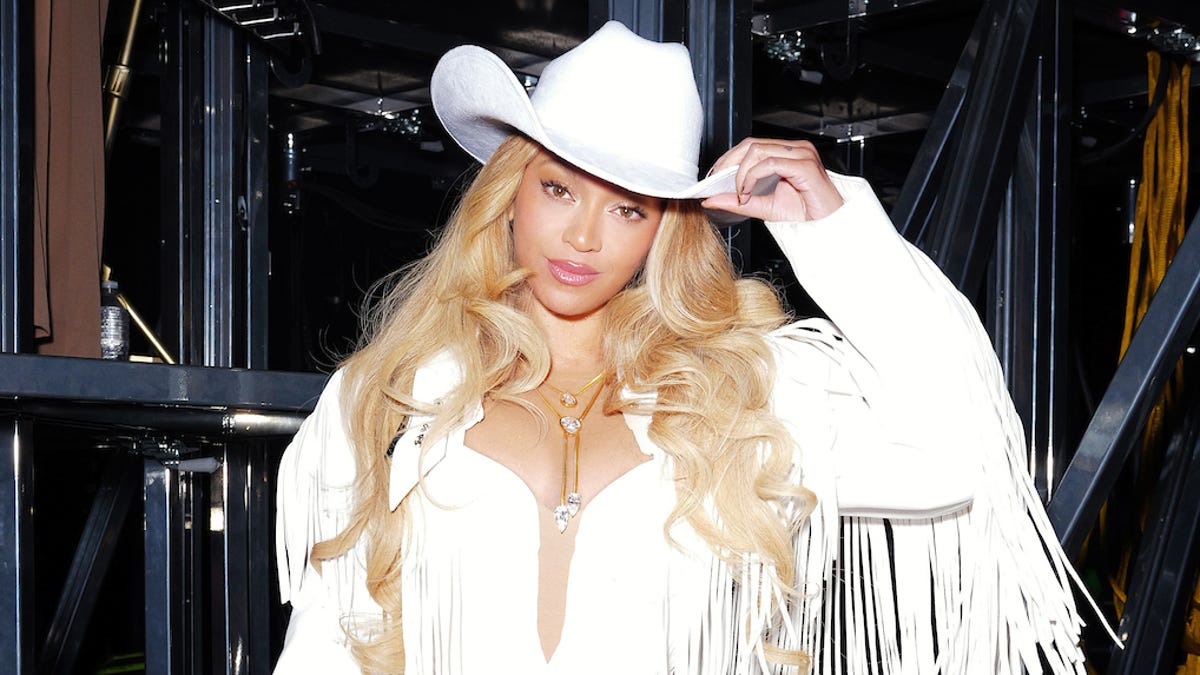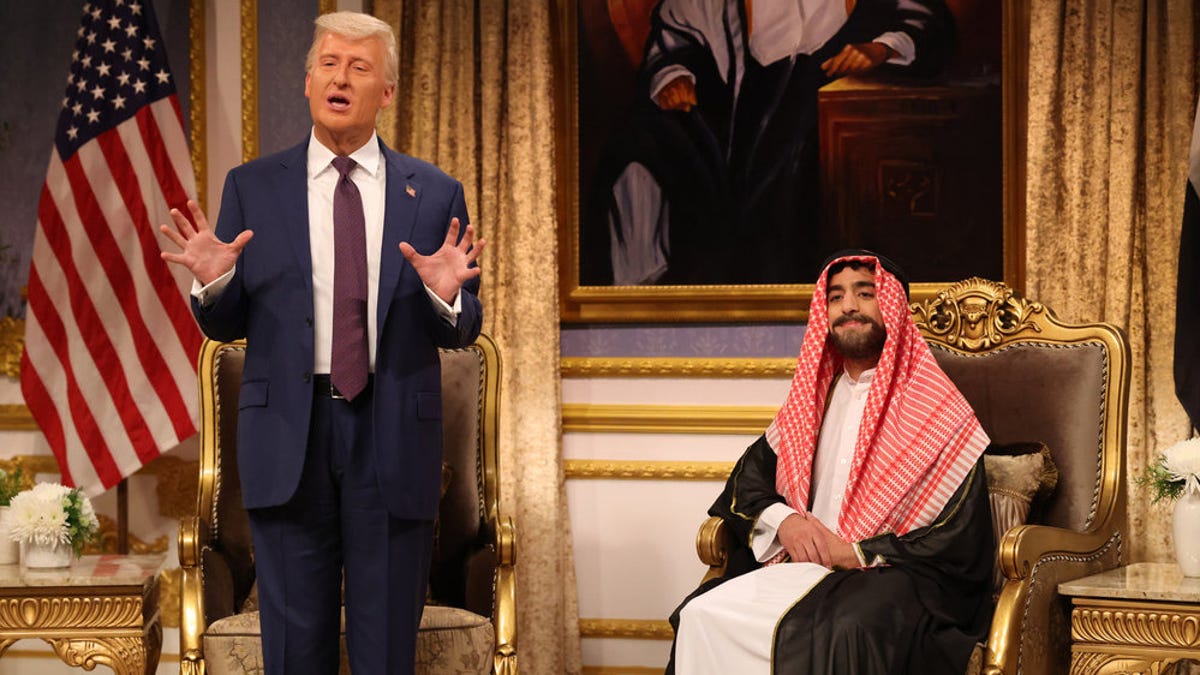Jane’s Addiction concert ends in band dust up
A Jane’s Addiction concert in Boston ended when band members got into a fight.
Former Jane’s Addiction guitarist Dave Navarro isn’t looking to get the band back together anytime soon.
Navarro, who comprised the Grammy-nominated rock band alongside singer Perry Farrell, bassist Eric Avery, and drummer Stephen Perkins, opened up about the future of the band after an explosive onstage altercation between him and Farrell derailed the group in September 2024.
The band’s infamous Boston concert, part of a long-awaited reunion tour, came to a shocking halt when Farrell punched Navarro, according to concert footage shared by fans at the time. Farrell was restrained by crew members and a man who appeared to be Avery as he threw punches and was pulled away from Navarro.
“I have to say that’s my least favorite gig, without throwing animosity around and without naming names and pointing fingers,” Navarro told Guitar Player in an interview published May 17, adding that the situation is “still very tender and unresolved.”
While the cause of the fight remains unclear, concert photographer Brian Mackenzie said in a statement at the time that Farrell “had a huge bottle of wine with him all evening,” while “Navarro and Avery kept chatting with each other the whole show and seemed angrier than normal.”
Prior to the conflict in Boston, Navarro said the band had been “gelling, really, for the first time” while touring in Europe. “There was no ego issue; it was just four guys making great music, just like we did in the beginning,” he said.
“There was an altercation onstage, and all the hard work and dedication and writing and hours in the studio and picking up and leaving home and crisscrossing the country and Europe and trying to overcome my illness — it all came to a screeching halt and forever destroyed the band’s life,” Navarro continued. “And there’s no chance for the band to ever play together again.”
Days after Navarro and Farrell’s altercation, Jane’s Addiction revealed to fans that it was canceling the remainder of its tour to “take some time away as a group.” But in a follow-up joint statement, Navarro, Avery, and Perkins cited Farrell’s behavior as the reason for the cancellation.
“Our concern for his personal health and safety as well as our own has left us no alternative. We hope that he will find the help he needs,” the musicians said. “We can see no solution that would either ensure a safe environment onstage or reliably allow us to deliver a great performance on a nightly basis.”
Farrell apologized to Navarro and his bandmates in a statement shared with USA TODAY in September 2024: “Unfortunately, my breaking point resulted in inexcusable behavior, and I take full accountability for how I chose to handle the situation.”
This isn’t the first time Navarro and Farrell have had friction. In July 1991, the men got into a fight mid-performance while playing at the inaugural Lollapalooza festival.
Apart from the single “True Love,” released five days after Navarro and Farrell’s altercation, Jane’s Addiction has not released any new material. In January 2025, Avery teased in an Instagram post that he was writing new music with Perkins and Navarro, though he did not specify if the collaboration was for a Jane’s Addiction project.
“The experiences are there, but the potential of having those types of experiences ended that night,” Navarro told Guitar Player. “And so, you know…it is what it is. And that’s my answer.”
Contributing: Jay Stahl and Taijuan Moorman, USA TODAY


